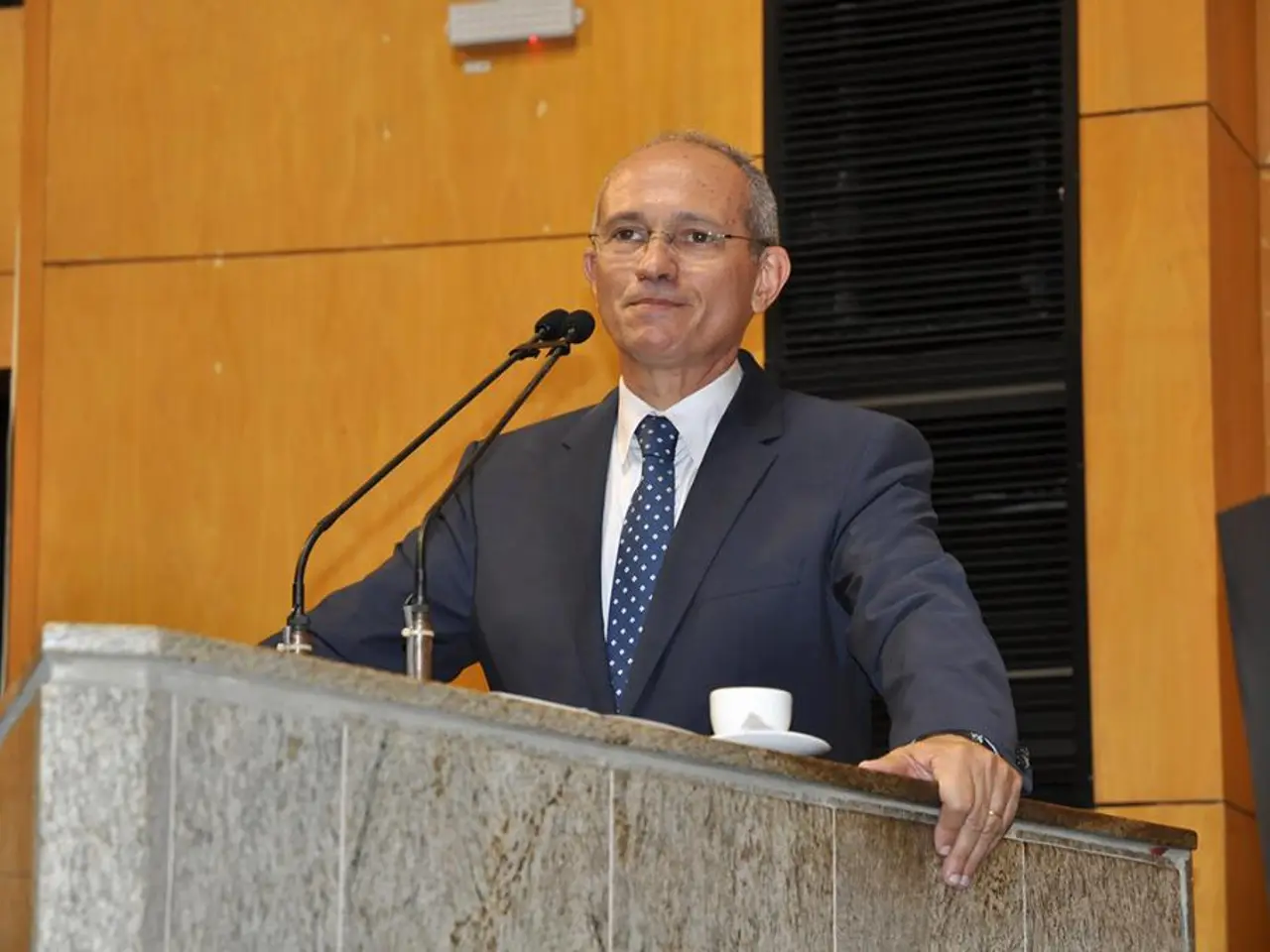NASCAR Implements Widespread Samsung Surveillance Setup
In a groundbreaking move, Samsung has partnered with NASCAR to enhance the remote race control room, transforming the way NASCAR races are managed and broadcasted.
Samsung's cutting-edge technology, including OLED 4K Smart TVs with AI Vision and smooth motion technology, plays a crucial role in the new control room. These advanced displays enable race officials in remote control centers to view high-resolution, low-latency video feeds with clarity and precision, essential for managing fast-paced events like NASCAR races.
The centrepiece of the control room is Samsung's The Wall, a large-scale display spanning 32 feet in width and 9 feet in height. This true-to-life picture quality delivers footage and data with the finest level of detail, providing unparalleled views of over 200 camera angles and multiple data points from every car.
In addition to The Wall, officials will use 25 27-inch ViewFinity S6 high-resolution monitors and seven 49-inch Odyssey G9 monitors for gathering and analysing insights. These ultra-wide, curved monitors offer extensive screen real estate for simultaneous viewing and assessment of multiple data sources.
The new remote race control room, housed in NASCAR's 58,000-square-foot production facility in Concord, North Carolina, is expected to improve the overall product of NASCAR races. With up to 24 officials in the room, they will use the technology to access replays from the SBG Sports Software system, aiding in race management and decision-making.
This partnership will help pave the future of motorsports, as Samsung's technology streamlines the handling and analysis of large amounts of data and video streams, reducing the need for on-site personnel, lowering operational costs, and improving scalability.
The remote race control room will enable NASCAR to remotely officiate large-scale races nationwide, making competition calls faster and more accurate than ever before. The technology not only benefits race officials but also enhances the fan experience by delivering richer, smoother visual content during broadcasts and in-venue displays, making the race more immersive and engaging.
David Phelps, head of the display division at Samsung Electronics America, expressed his excitement about the partnership, stating, "This partnership will help pave the future of motorsports."
More information about the new remote race control room can be found on the company's website. The remote race control room will be operational for the 2023 NASCAR Cup Series, starting with the Cook Out Clash at Bowman Gray Stadium on February 2.
- Samsung's The Wall, a large-scale display, is the centerpiece of the new control room, spanning 32 feet in width and 9 feet in height.
- Officials in the control room will use various gadgets like 25 27-inch ViewFinity S6 high-resolution monitors and seven 49-inch Odyssey G9 monitors for gathering and analyzing insights.
- The new control room will improve the overall product of NASCAR races, with up to 24 officials using technology to access replays from the SBG Sports Software system.
- This partnership between Samsung and NASCAR is expected to streamline the handling and analysis of large amounts of data and video streams.
- The technology in the control room will enable NASCAR to remotely officiate large-scale races nationwide, making competition calls faster and more accurate.
- The content delivered through the high-resolution displays and the collaboration with Samsung's tech will enhance the fan experience during broadcasts and in-venue displays.
- The remote race control room, housed in NASCAR's production facility, will be operational for the 2023 NASCAR Cup Series, starting with the Cook Out Clash at Bowman Gray Stadium on February 2.




